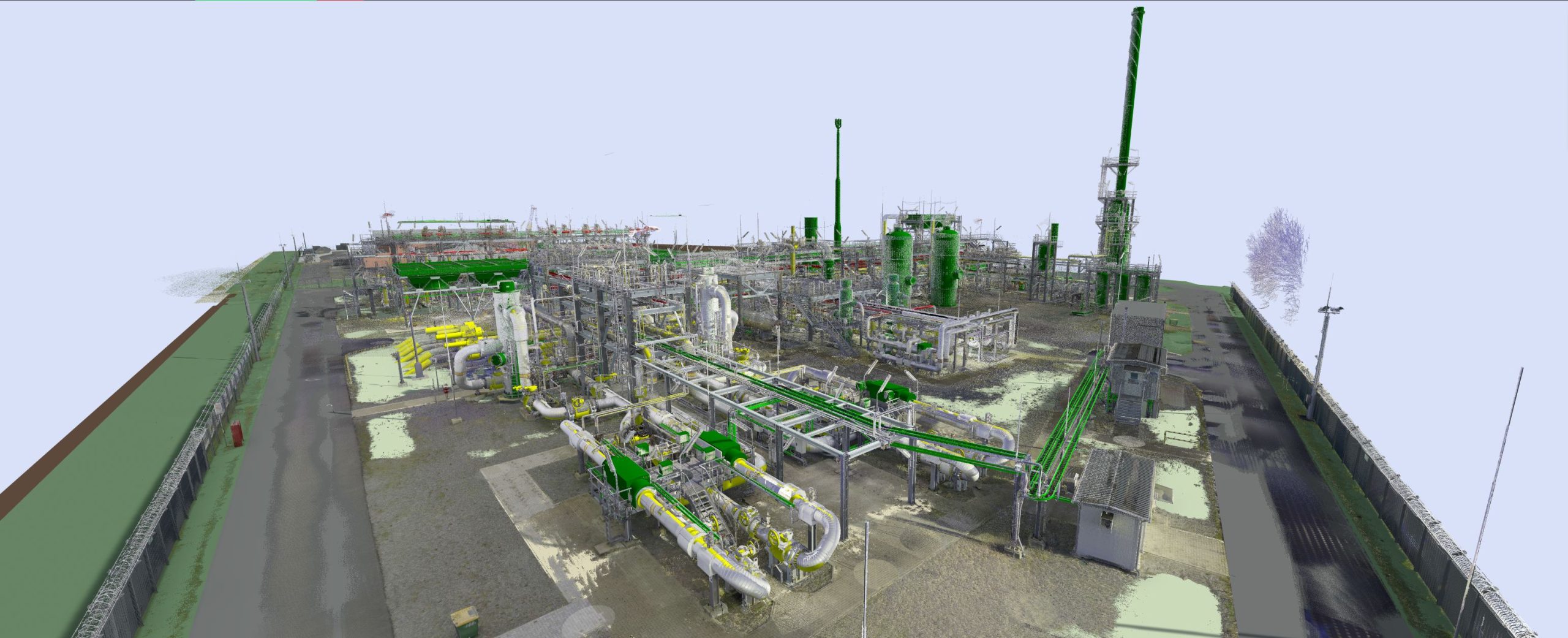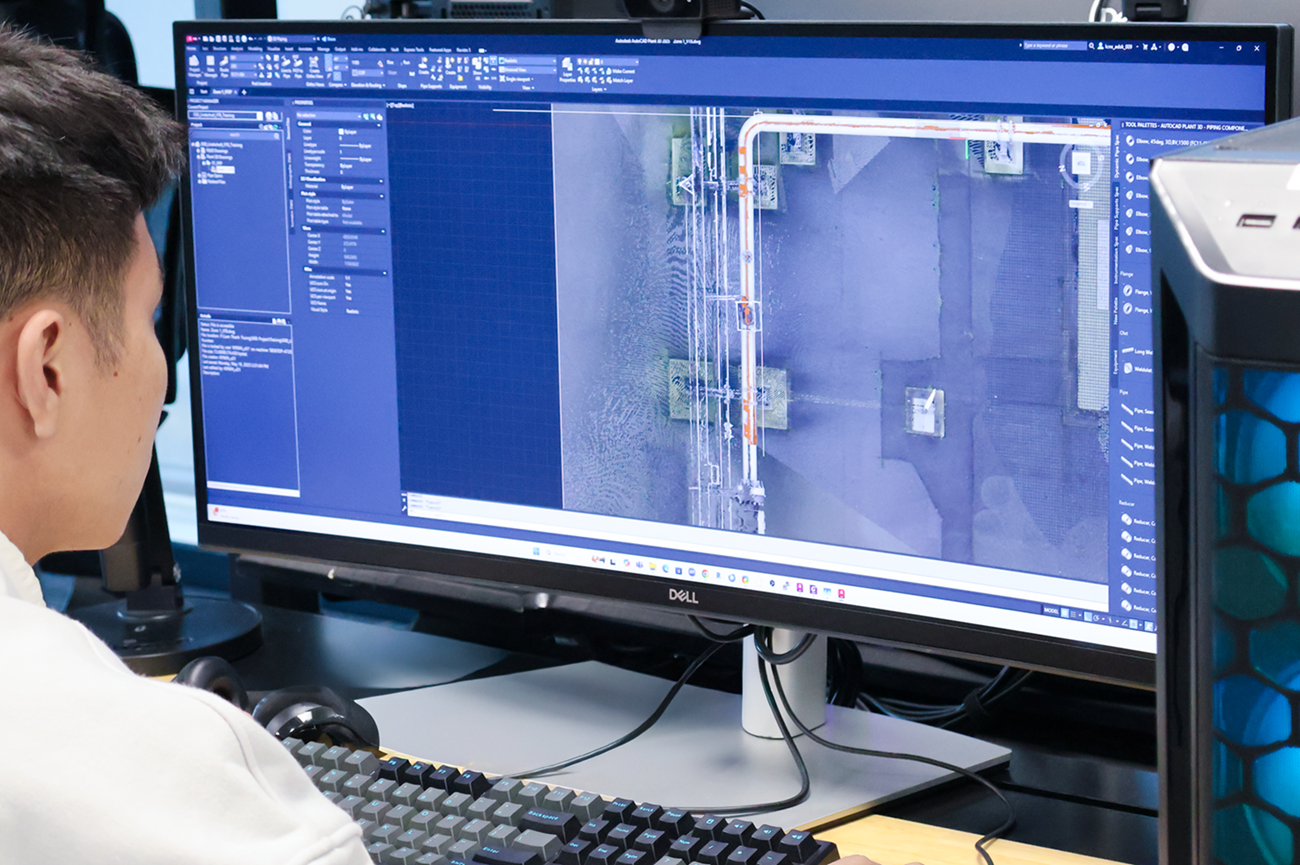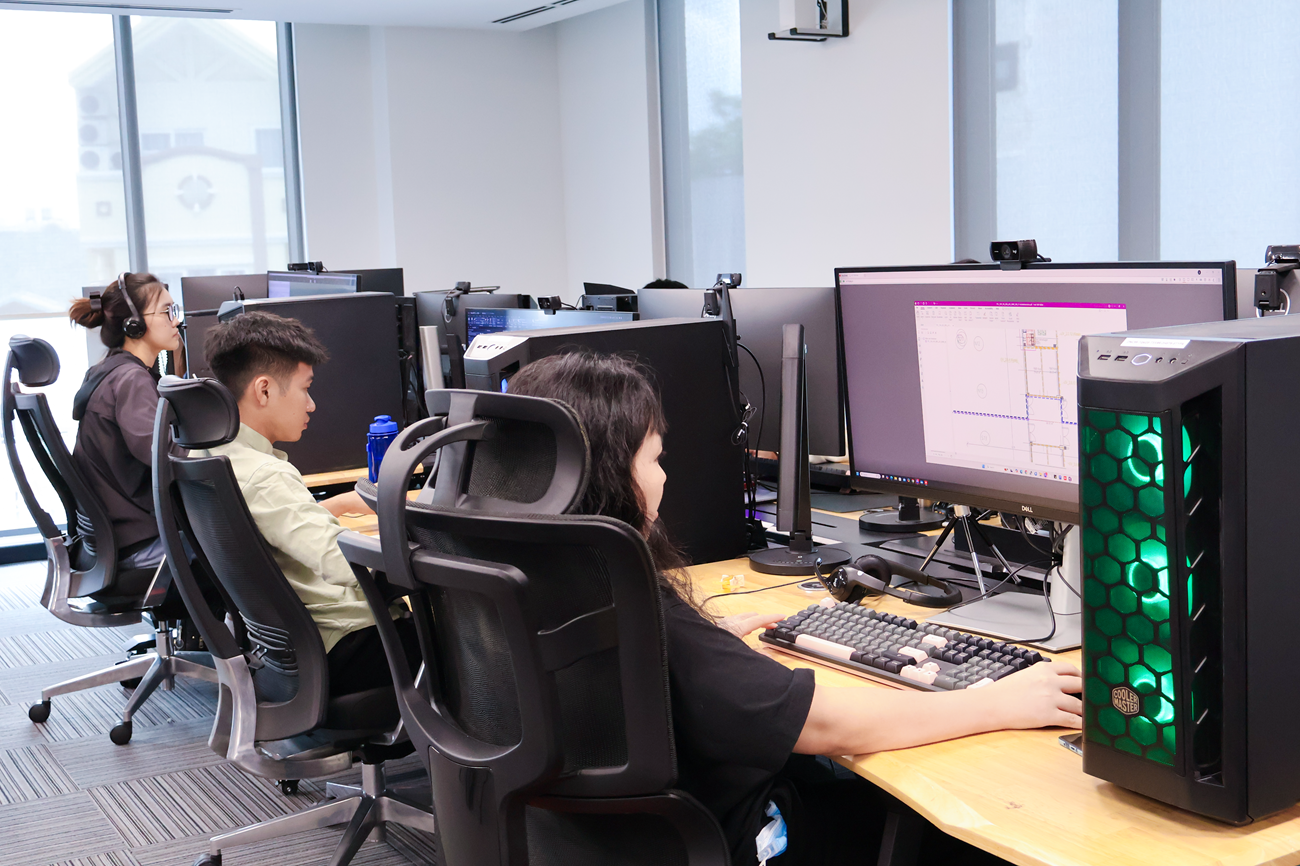Scan to BIM
Scan to BIM is a modern process that involves using 3D laser scanning technology to capture detailed data of a physical structure and converting it into an accurate digital Building Information Model. This approach bridges the gap between existing physical conditions and digital construction environments, enabling professionals to work with up-to-date and precise models. It is especially useful for renovations, retrofits, and facility management, where documentation may be outdated or nonexistent.

Benefits of Scan-To-BIM
The advantages of Scan to BIM are numerous, including improved accuracy, time efficiency, and reduced costs. By providing a highly detailed and accurate representation of existing conditions, it minimizes errors that often arise from manual measurements. It also streamlines planning and decision-making for renovation or construction projects, as stakeholders can visualize and interact with the digital twin before any physical work begins. Additionally, it enhances collaboration among architects, engineers, and contractors by offering a shared, data-rich model.

Process
The Scan to BIM process typically begins with a 3D laser scan of the site using LiDAR or photogrammetry. This scan captures millions of data points, creating a point cloud that represents the physical environment. The point cloud is then imported into BIM software where it is used to generate an intelligent 3D model. This model can include architectural, structural, and MEP (mechanical, electrical, and plumbing) elements, depending on the project’s needs. Quality control checks are conducted throughout the process to ensure model accuracy.

Use of the Model
Once created, the BIM model can be used for various purposes, such as design validation, clash detection, construction planning, cost estimation, and facility management. It serves as a reliable reference throughout the project lifecycle, from preconstruction to maintenance. In renovation and retrofit scenarios, it allows teams to understand existing site conditions thoroughly and make informed design decisions without the need for repeated site visits.

Summary
In summary, Scan to BIM transforms real-world environments into accurate, data-rich digital models that improve efficiency, collaboration, and decision-making in construction and facility management. By capturing and converting existing conditions into BIM, the process supports smarter workflows and reduces the likelihood of costly errors or delays. As the construction industry continues to embrace digital transformation, Scan to BIM stands out as a vital tool for modern building projects.
